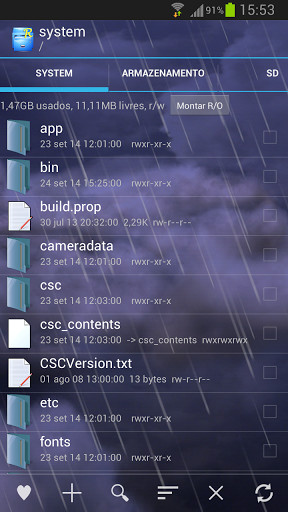
Note: To figure out bin or xbin do in console before: > adb shell, > ls /system/xbin/su (nevermind about my specific location of su binary, any location is okay as long there is no white space) This is the code I successfully used: adb -e push C:\Users\User1\Desktop\rootemu\x86\su.pie /system/bin/su

Important! Only use the su binary that matches your avd architecture e.g x86, arm etc., and note the path where you extracted these binaries. Extract the Recovery flashable.zip (containing the su binaries of different architectures).

Note: Navigate to the tools folder where Android SDK is installed and open command prompt there by pressing shift and right clicking. If you have more than one AVD, you can get a list of avds by using the command: emulator -list-avds Type the following code to accomplish this: emulator -avd -writable-system Make emulator’ system partition writableĪs it suggests, we need to give the emulator permission to write system files.

This error just confirms the device is not yet rooted. Install the SuperSu app firstly, just do drag and drop (if running latest emulator version or sideload through adb i.e adb -e install supersu.apk)Īfter installing it, when you run it shows a screen as shown below indicating “There is no SU binary installed.”. Recovery flashable.zip (contains su binary) (Here is alternative backup link provided by XDA user Ibuprophen for flashable zips if the main link is not working: Flashable zip releases) SuperSU app (chainfire) latest version 2.82 How to root android emulator (tested on Android 7.1.1/ Nougat)


 0 kommentar(er)
0 kommentar(er)
